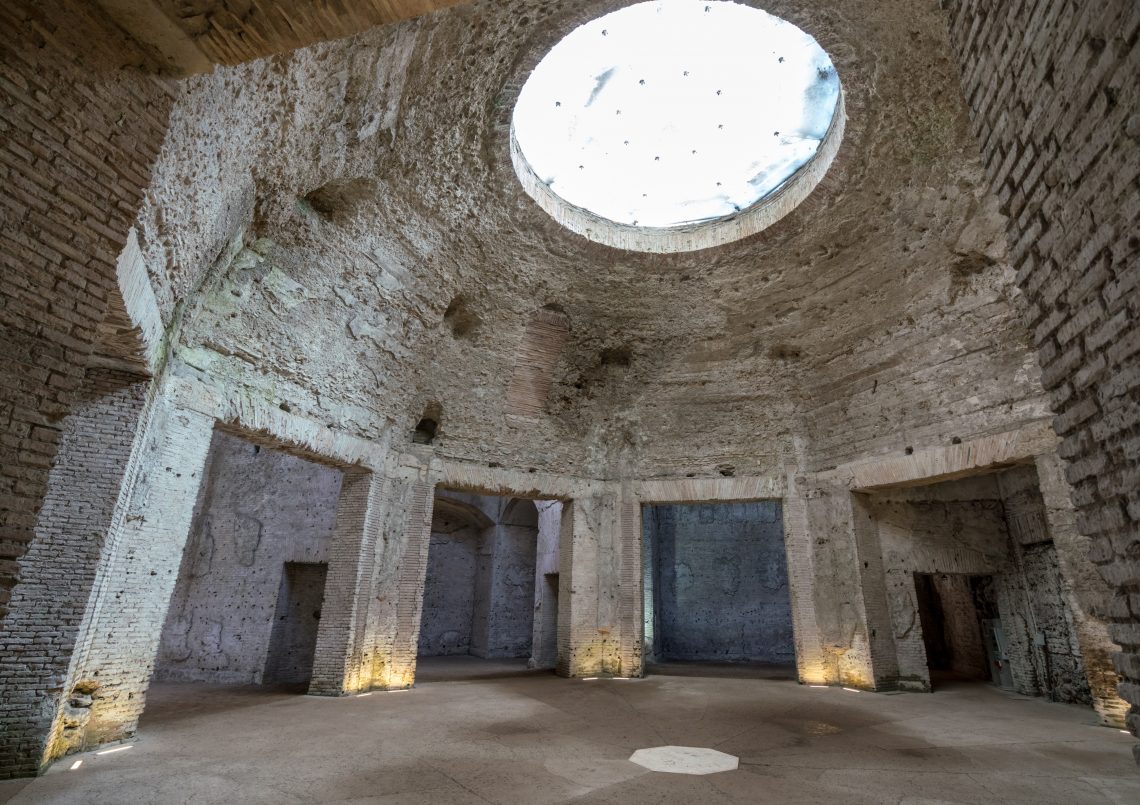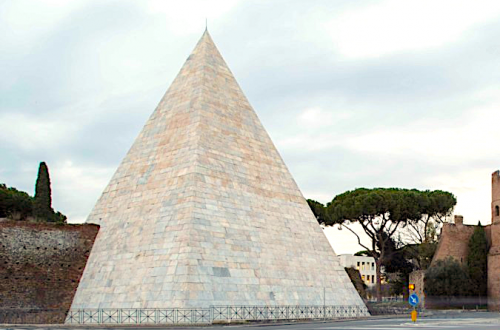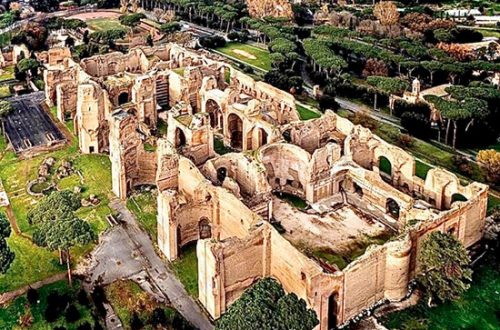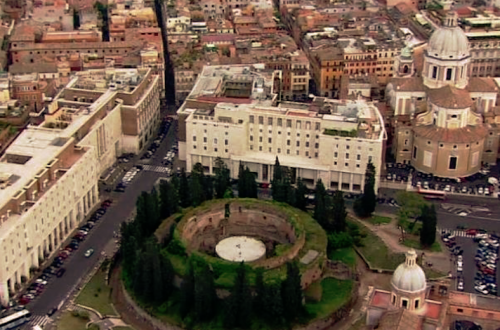
The Domus Aurea
The Domus Aurea, Latin for “Golden House,” was a vast and opulent palace built in ancient Rome during the reign of Emperor Nero. Construction of the Domus Aurea began after the Great Fire of Rome in AD 64, which destroyed a significant portion of the city. Taking advantage of the cleared space, Nero seized the opportunity to build a grandiose residence for himself.
The palace covered a large area on Palatine Hill, Esquiline Hill, and parts of Caelian Hill. It was known for its extravagant architecture and luxurious decorations, including frescoes, stucco work, and various precious materials. One of the most remarkable features of the Domus Aurea was its use of innovative architectural elements, such as a rotating dining room and a large artificial lake.
After Nero died in AD 68, his successors sought to erase his memory, and the Domus Aurea fell into neglect and disrepair. Parts of the palace were filled in and built over, and the site was eventually forgotten. It was rediscovered in the late 15th century when a young Roman accidentally fell into an opening, leading to the palace’s underground chambers. This discovery sparked a renewed interest in ancient Roman art and architecture.
Today, visitors can explore parts of the Domus Aurea in Rome, and ongoing efforts to excavate and preserve the site provide insights into the lavish lifestyle of Nero and the architectural innovations of the time. The remains of the Domus Aurea are a UNESCO World Heritage Site and guided tours offer a glimpse into the magnificence of this once-grand palace.
![]()




